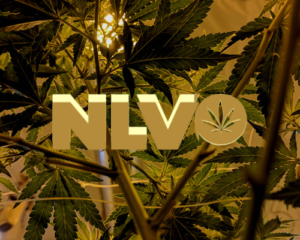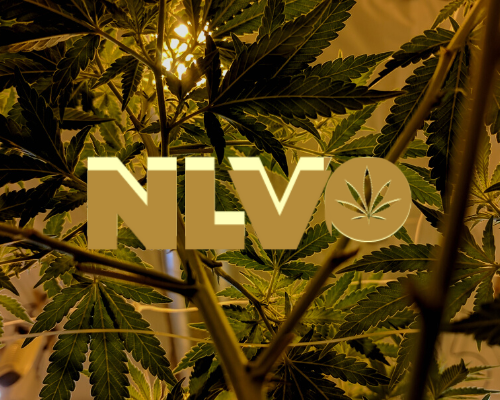Cannabis is a plant like any other, composed of various elements that give this crop its unique traits and characteristics. The psychoactive properties have long since held the spotlight, producing mind-altering effects attributed to tetrahydrocannabinol (THC); a cannabinoid that grows naturally within cannabis and, when heated, creates psychoactive effects. However, as scientists from all over the world put this versatile weed under a microscope, they are discovering hundreds of terpenes and cannabinoids that create the specific DNA code of each plant. With more research conducted, we are seeing an emergence of products highlighting minor cannabinoids as the star.
Cannabinol (CBN), cannabidiol (CBD), and cannabigerol (CBG) are a few minor cannabinoids highlighted on cannabis products across the country. These cannabinoids all grow naturally within cannabis, with concentration levels varying depending on genetics. By extracting and isolating these elements individually, scientists are publishing data suggesting the direct effects of specific cannabinoids.
CBD
Cannabidiol (CBD) is perhaps the most famous minor cannabinoid, found in higher concentrations than other cannabinoids, especially in hemp plants. CBD has led the charge in isolated cannabinoid research. Although CBD is not psychoactive, it has been praised for a myriad of other potential health benefits. Case studies looking specifically at epileptic patients found that, when all other medications failed, CBD reduced the number of seizures, if not stopping them altogether. These studies paved the way for the first FDA-approved marijuana-derived product, Epidiolex, with CBD as its active ingredient.
Beyond the evidence of reducing seizures, CBD has positive effects against multiple ailments, from anxiety, pain, insomnia, muscle spasms, swelling, and more. How can one element affect so much within our bodies? THC binds only to our CB1 receptors in the brain. Alternatively, CBD binds to both our CB1 and CB2 receptors throughout our body.
We can think of the endocannabinoid system as a big circuit running throughout our bodies. Along this circuit are receptors that talk to different elements (cannabinoids) that we consume. When we consume CBD, this cannabinoid races along our endocannabinoid circuit to find where a shortage might be happening and when it locates the weakness; it plugs in to remedy it. CBD can be so versatile depending on who is using it. Our endocannabinoid system aims to create homeostasis within the body. Using CBD as a key, it will plug into where we need it most to maintain that balance.
CBN
Some scientists have studied the relationship between cannabinol (CBN) and sleep. Early tests showed that this cannabinoid may be linked with sedation, especially when paired with THC. CBN interacts with both our CB1 receptors and our CB2 receptors, encouraging immune health and relaxation. In a small sleep study in Australia, researchers found that THC + CBN before bed resulted in subjects falling asleep quicker and staying asleep for longer.
Current trends show an increase in CBN cannabis products hitting dispensary shelves. Edibles and tinctures are honing in on the THC + CBN formula and marketing it specifically for sleep. While some studies suggest this is accurate, much more research still needs to take place to confirm the relationship between CBN and sedation.
CBG
Cannabigerol (CBG), a lesser-known cannabinoid, is quickly emerging to the spotlight as studies surface supporting anti-inflammatory and anti-cancer properties. It seems in comparison to CBD and THC, CBG sits right in the middle. Mimicking THC, CBG largely binds with our CB1 receptors; but, studies also find the cannabinoid interacting with CB2 receptors as well. The most exciting scientific finding surrounding CBG is how it interacts with our alpha-2 adrenergic receptor. CBG’s unique relationship with this receptor makes for some promising discoveries in treating pain, anxiety, ADHD, and addiction withdrawal. However, like all other minor cannabinoids, more research still needs to be conducted to understand the full scope of benefits from CBG.
One important takeaway from all cannabis research is that, overall, these elements are more effective when working synergistically together. All of these cannabinoids and terpenes grow in natural harmony within the plant, and by isolating certain compounds, we ultimately lose out on the benefits of the whole. While I am forever fascinated and intrigued by the cannabis studies surfacing, I will remain a firm believer in “nature knows best” and thus will continue to seek whole-plant products.







